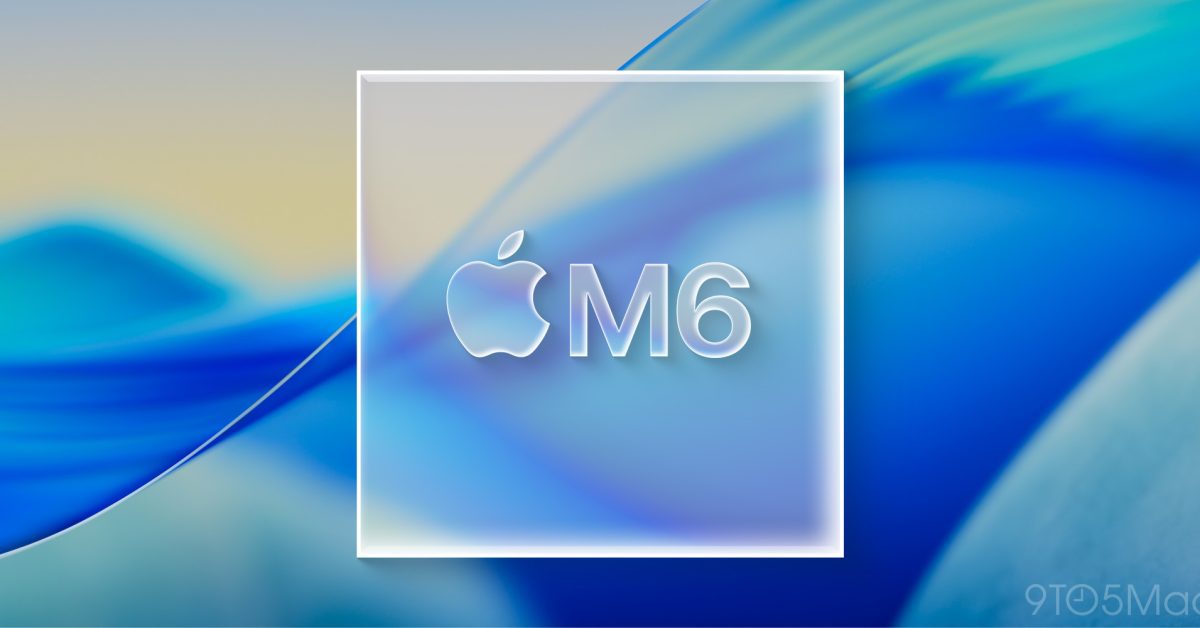
adobe s project indigo camera finally adds Adobe’s Project Indigo camera app has recently updated to support the iPhone 17 series, albeit with some limitations regarding its front-facing camera functionality.
adobe s project indigo camera finally adds
Background on Project Indigo
Launched in June 2023, Adobe’s Project Indigo is a computational photography application designed to enhance the image processing capabilities of mobile devices. The app quickly gained traction among photography enthusiasts who appreciated its unique approach to image editing. Unlike the standard iPhone camera app, which tends to produce sharper and more vivid images, Project Indigo offers a softer touch, appealing to users who prefer a more natural aesthetic in their photos.
Adobe’s foray into computational photography is not surprising, given the increasing competition in the mobile photography space. With smartphone manufacturers continuously improving camera technology, Adobe aimed to provide a sophisticated tool that could elevate the photography experience on mobile devices. The app’s initial reception was positive, with users praising its intuitive interface and advanced features that allowed for greater creative control over their images.
Challenges with iPhone 17 Compatibility
However, the launch of Apple’s iPhone 17 series presented unexpected challenges for Project Indigo. One of the most significant changes in the iPhone 17 is the introduction of a new square-format selfie sensor. This new design posed compatibility issues for Adobe’s app, leading to a temporary suspension of support for the latest iPhone models. For approximately a month, users of the iPhone 17 found themselves unable to utilize Project Indigo, prompting frustration among its user base.
During this period, Adobe was actively working to resolve the compatibility issues. The company provided updates on its progress through the Adobe Community forums, reassuring users that a solution was forthcoming. Despite these efforts, Adobe ultimately decided to disable access to the front-facing camera entirely. This decision was made to expedite the release of an updated version of Project Indigo that would support the iPhone 17’s rear camera.
Implications of the Front-Facing Camera Limitation
The decision to disable the front-facing camera functionality has significant implications for users who rely on the app for their photography needs. Selfie photography has become increasingly popular, particularly among younger demographics who frequently share images on social media platforms. The inability to use Project Indigo for selfies may deter some users from fully adopting the app, as they seek alternatives that offer comprehensive support for all camera features.
Moreover, this limitation could impact Adobe’s reputation in the competitive landscape of mobile photography applications. Users may perceive the app as less reliable if it cannot seamlessly adapt to new hardware changes. As a result, Adobe faces the challenge of not only rectifying the current issues but also ensuring that future updates are more robust and adaptable to new technologies.
Future Updates and Fixes
Adobe has indicated that a fix is on the horizon, with plans to enable front-facing camera support in a forthcoming update to iOS 26.1. This update is expected to address the compatibility issues that have plagued Project Indigo since the release of the iPhone 17 series. Once implemented, users will regain access to the full range of features that the app offers, including the ability to take selfies with the enhanced processing capabilities of Project Indigo.
The anticipation surrounding this update highlights the importance of timely software support in the fast-paced world of mobile technology. As smartphone manufacturers release new models and features, software developers must be agile in adapting their applications to meet user expectations. Adobe’s commitment to resolving the issues with Project Indigo demonstrates its dedication to providing a high-quality user experience, but it also underscores the challenges that arise when integrating new technologies.
Stakeholder Reactions
The reaction from users and stakeholders has been mixed. Many users expressed their disappointment on social media platforms and forums, voicing concerns about the app’s inability to support the latest iPhone models. Some users have taken to alternative photography apps that offer similar features but have successfully integrated support for the iPhone 17’s front-facing camera.
On the other hand, there is a segment of the user base that remains optimistic about Adobe’s ability to rectify the situation. These users appreciate the company’s transparency in communicating the challenges and progress updates. The engagement with the community through forums has fostered a sense of loyalty among some users, who are willing to wait for the upcoming fixes.
Competitive Landscape
The challenges faced by Project Indigo are indicative of the broader competitive landscape in mobile photography applications. As smartphone cameras continue to evolve, numerous third-party apps have emerged, each vying for a share of the market. Applications like Snapseed, VSCO, and Lightroom Mobile have established themselves as popular choices among photography enthusiasts, offering a range of features that cater to various editing styles.
In this context, Adobe must not only resolve the current issues with Project Indigo but also differentiate itself from competitors. The app’s unique approach to image processing is a significant selling point, but it must be complemented by consistent performance and timely updates. Users are increasingly looking for applications that can keep pace with the rapid advancements in smartphone technology, and any delays or compatibility issues may lead them to seek alternatives.
The Role of Computational Photography
As computational photography continues to gain traction, the demand for applications that leverage advanced algorithms and machine learning techniques is on the rise. Users are becoming more discerning about the tools they use for editing and enhancing their images. Adobe’s investment in Project Indigo reflects a recognition of this trend and an effort to position itself as a leader in the field.
However, the challenges faced by the app serve as a reminder of the complexities involved in developing software that must adapt to rapidly changing hardware. The integration of new technologies, such as the square-format selfie sensor in the iPhone 17, requires a level of agility and foresight that can be difficult to achieve. Adobe’s ability to navigate these challenges will be crucial in maintaining its reputation and user base in the competitive landscape of mobile photography.
Conclusion
Adobe’s Project Indigo camera app has made strides in enhancing mobile photography since its launch in June 2023. However, the recent compatibility issues with the iPhone 17 series have highlighted the challenges that arise when integrating new technologies. While the decision to disable front-facing camera support was made to expedite the release of an updated version, it has raised concerns among users who rely on the app for their photography needs.
Looking ahead, Adobe’s commitment to resolving these issues and providing timely updates will be crucial in retaining user trust and loyalty. As the landscape of mobile photography continues to evolve, Adobe must remain agile and responsive to the needs of its users. The upcoming fix in iOS 26.1 is anticipated to restore full functionality to Project Indigo, allowing users to fully leverage the app’s capabilities on the latest iPhone models.
Ultimately, the success of Project Indigo will depend on Adobe’s ability to not only address current challenges but also to anticipate and adapt to future developments in mobile technology. As users increasingly seek sophisticated tools for their photography needs, Adobe’s role in shaping the future of computational photography will be closely watched.
Source: Original report
Was this helpful?
Last Modified: October 26, 2025 at 8:36 pm
2 views















